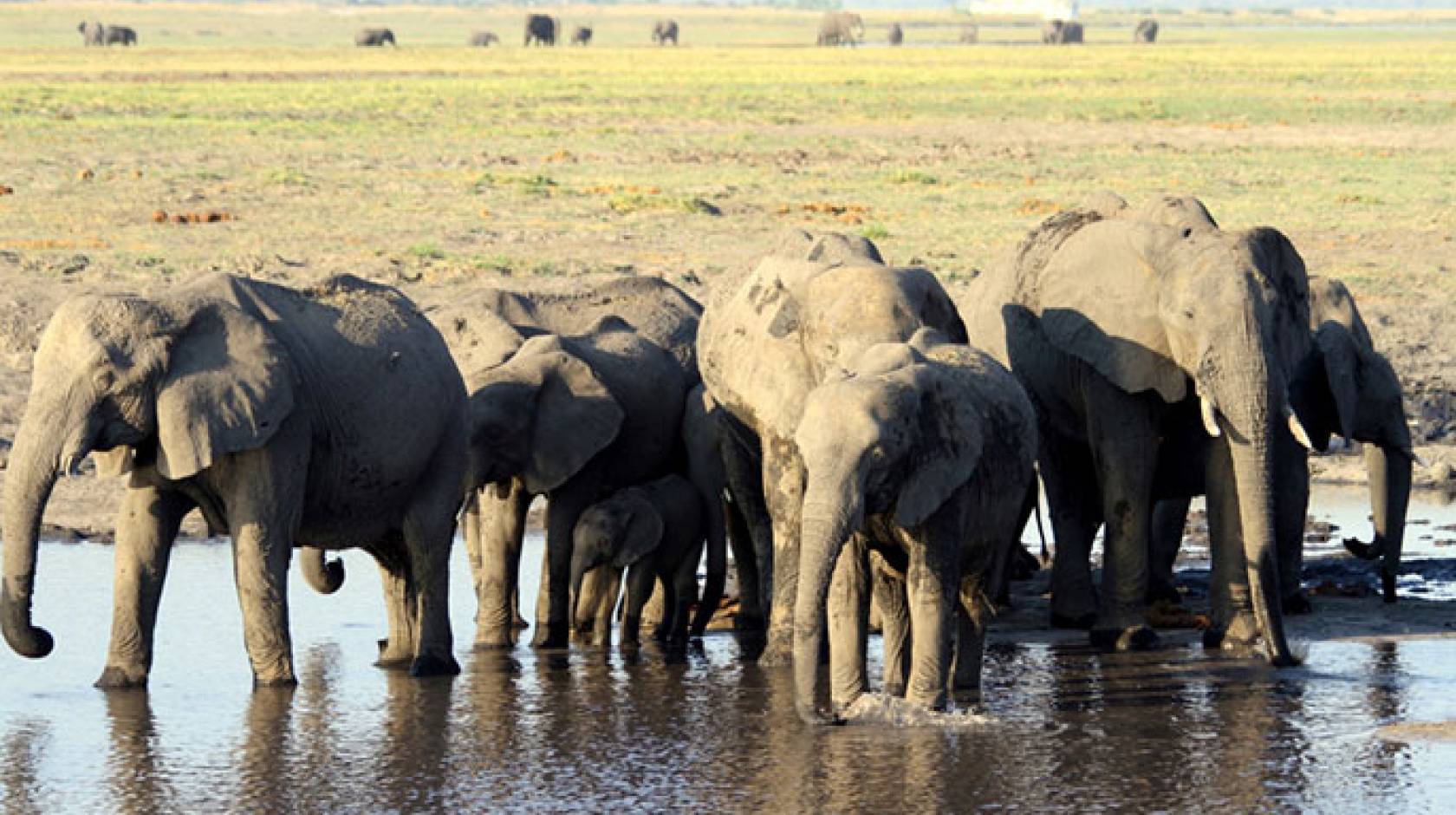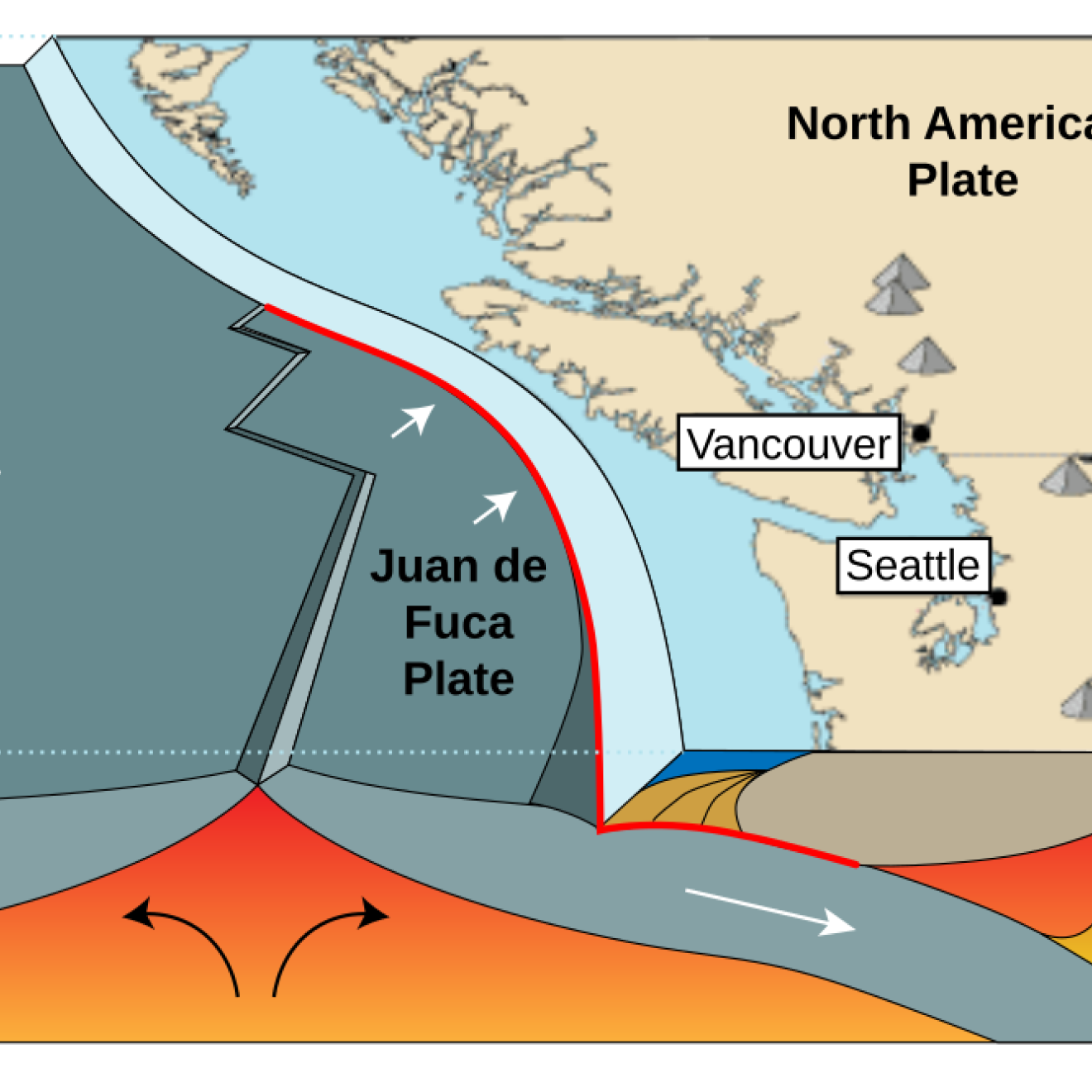Julie Cohen, UC Santa Barbara

The Earth’s current biodiversity — the product of 3.5 billion years of evolutionary trial and error — is vital to sustaining human life. This rich accumulation has reached a tipping point and is now shrinking rapidly.
New research conducted by an international team of scientists that includes UC Santa Barbara’s Hillary Young strongly suggests that human activity is driving the rapid loss and decline of animal life at such magnitude that we are likely in the early days of the planet’s sixth mass biological extinction event. The findings, which appear in the latest issue of the journal Science, demonstrate that since 1500, more than 320 terrestrial vertebrates have become extinct. Perhaps more important, it shows that populations of all the remaining species are experiencing a 25 percent average decline in abundance.
“This pattern of loss appears to be pervasive across the animal kingdom, including those less charismatic but critically important groups, the invertebrates,” said Young, an assistant professor in the Department of Ecology, Evolution and Marine Biology. “In the same period, the populations of invertebrate animals — the beetles, butterflies, spiders and worms that drive so many of the basic functions of our planet — have decreased by 45 percent.”
While previous extinctions have been driven by natural planetary transformations or catastrophic asteroid strikes, the current die-off can be associated with human activity, making this the beginning of the “Anthropocene defaunation,” a term coined by lead author Rodolfo Dirzo, professor of biology at Stanford University.
The researchers report that across vertebrates, 16 to 33 percent of all species are estimated to be threatened or endangered. Large animals — described as megafauna and including elephants, rhinoceroses, bison and countless other species worldwide — face the highest rate of decline, a trend that matches previous extinction events.
Larger animals tend to have lower population growth rates and produce fewer offspring. They need larger habitat areas to maintain viable populations, and their size and meat mass make them easier and more attractive hunting targets for humans. Although these species represent a relatively low percentage of the animals at risk, their loss would have trickle-down effects that could shake the stability of other species and, in some cases, even human health.
For example, previous experiments conducted in Kenya by Young and her team isolated patches of land from megafauna such as zebras, giraffes and elephants and observed how an ecosystem reacts to the removal of its largest species. “What we found was that these areas quickly experienced massive increases of rodents,” said Young. “All the grass and shrubs normally eaten by this megafauna was, instead, available for rodents — both as food and as shelter. Consequently, the number of rodents doubled — and so did the abundance of the disease-carrying ectoparasites that they harbored.”
“Where human density is high, you get high rates of defaunation, high incidence of rodents and thus high levels of pathogens, which increase the risks of disease transmission,” said Dirzo. “Who would have thought that just defaunation would have all these dramatic consequences, but it can be a vicious circle.”
The authors warn that this loss is likely to have catastrophic consequences for humanity. For instance, insects pollinate roughly 75 percent of the world’s food crops, an estimated 10 percent of the economic value of the world’s food supply. Insects also play a critical role in nutrient cycling and decomposing organic materials, which helps ensure ecosystem productivity. In the U.S. alone, the value of pest control by native predators is estimated at $4.5 billion annually.
According to the scientists, the solutions are complicated. Immediately reducing rates of habitat change and overexploitation would help, but these approaches need to be tailored to individual regions and situations. The hope is that raising awareness of the magnitude and consequences of this pervasive loss of animal life will help spur change.
“We tend to think of biodiversity conservation in terms of giant pandas and polar bears,” Young said. “That perception makes it seem like a distant and esoteric luxury, and one that perhaps our society can’t afford. Yet, what we show here is that defaunation is occurring all around us and affects our everyday lives — from the beetles and worms that turn over soils in our backyard to the bats and birds that control pests in our crops. If we let this continue, we are very quickly going to be forced to see and deal with the human consequences of this loss — and at that point it will be too late to reverse many of these declines.”

